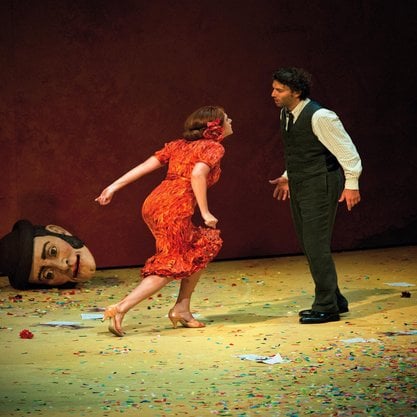Article
Jooss, Kurt (1901–1979) By Elswit, Kate
Article
Kurt Jooss is often understood to be a founding figure in dance theater, both for his choreography Der grüne Tisch (The Green Table, 1932), which continues to appear today on international ballet programmes, and as the teacher of Pina Bausch, who was his most famous student. Jooss was particularly vocal toward the end of the Weimar Republic about the need for modern dance to reincorporate into its expressive capacities more classical forms of technique in order to continue to move forward with the project of establishing dance as an independent art of the theater. He became director of the Dance Department at the Folkwang School in Essen first in 1927, a position he left when he and his company fled Nazi Germany in 1933. After the war, he returned primarily to the Folkwang School and there taught a new generation of dancers from 1949 through 1968. Although Jooss is often central to histories of German dance, he is an exemplary case study for its transnational circulation, in terms of his own movements and those of his company members and students, as well as in the survival of his four notated works in international ballet repertoires—Pavane on the Death of an Infanta (1929), Big City (1932), A Ball in Old Vienna (1932), and The Green Table (1932).



